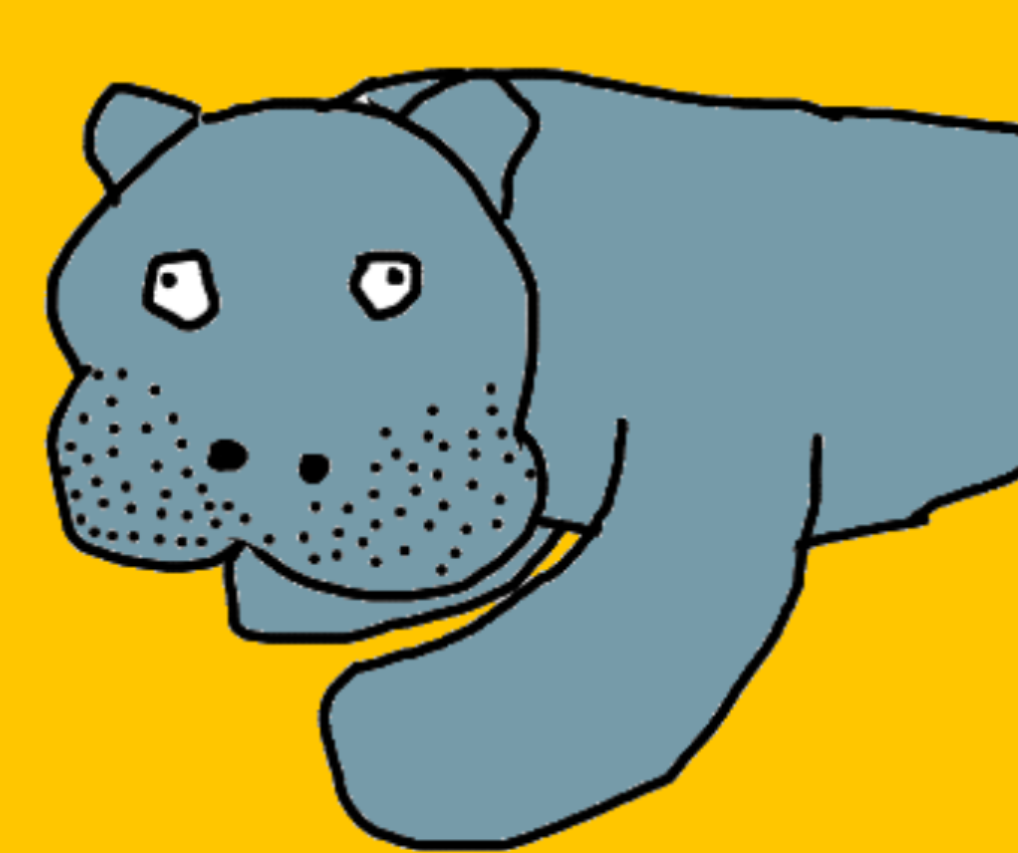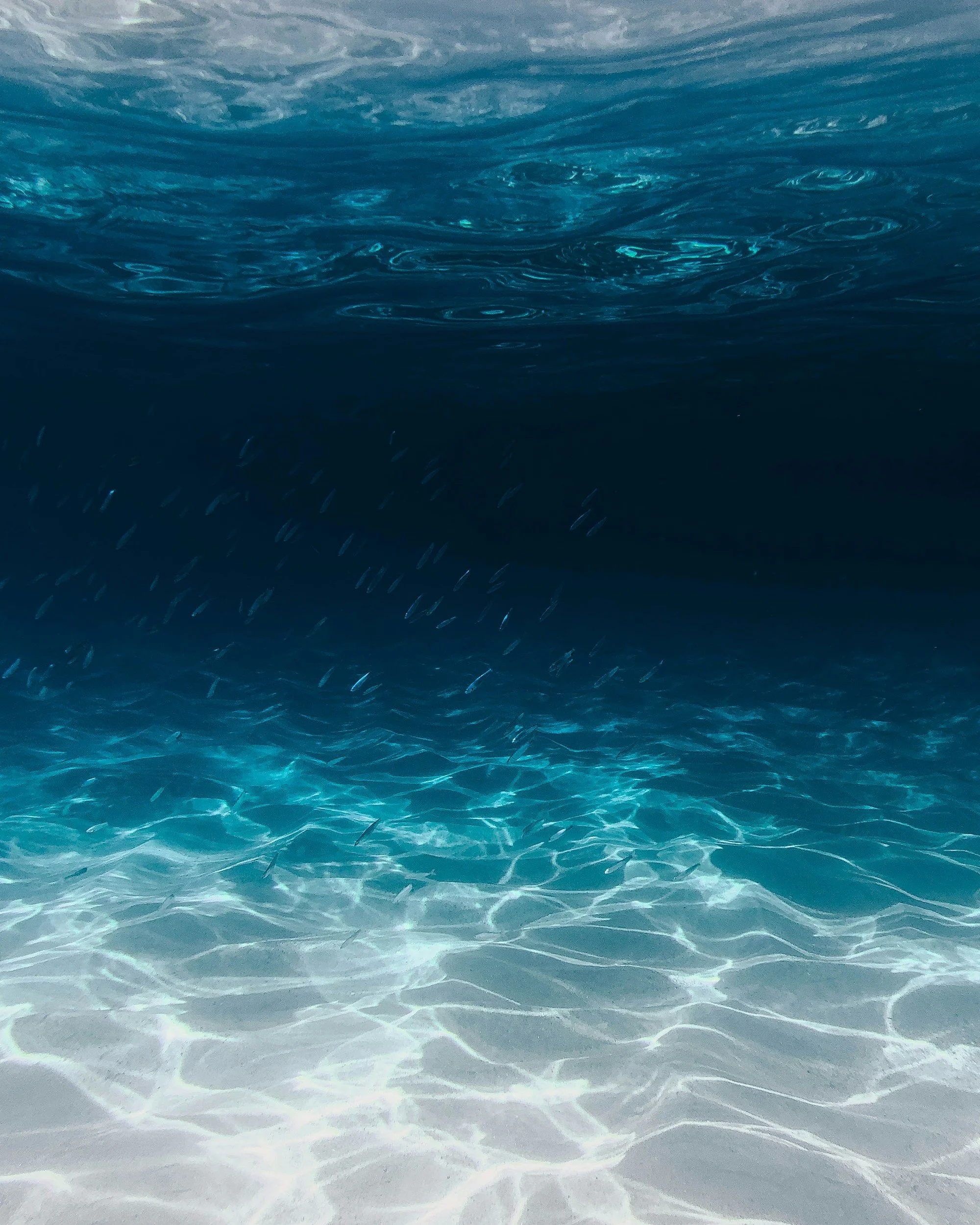All About Manatees
The manatee, or any member of the genus Trichechidus, is a peaceful marine mammal found in coasts off of Florida, Central and South America, and the Caribbean, as well as in the Amazon river and along the west coast of Africa. They are herbivores who eat aquatic vegetation and range in size from 9-10 feet long, weighing between 800 to 1,200 pounds.
Manatees are threatened by a number of causes. One is red tide, which is harmful blooms of manatee-paralyzing seaweed caused by nutrients in agricultural runoff. Another problem is boat collisions. Manatees can become injured from hitting boats that are moving through the water. Humans have destroyed seagrass and manatee habitat. And climate change is raising water temperatures, creating more algae blooms. Thanks to conservation efforts, several manatee subspecies were removed from the endangered species list. But manatees still need your help. They are still vulnerable to extinction, with only 13,000 left in the wild. With your help, we can get the manatees off of the vulnerable and endangered lists for good.
FAQs
-
Manatees can eat from 100 to 200 pounds of aquatic plants, such as seagrass, per day. With about 13,000 manatees left in the wild, that’s a total of about 2 million pounds of seagrass per day, and 730 million pounds per year!
-
Any donations or proceeds made from our products will go directly to the Save The Manatee Club. The Save The Manatee Club uses the money that people have donated to fund research, lead breeding programs, restore seagrass habitat, and more. For more details, you can head over to savethemanatee.org and learn what else this wonderful nonprofit has done to help.
-
If manatees disappeared, there would be an overabundance of seagrass on the ocean floor. Costal waterways with seagrass formerly kept in check by grazing manatees would become obstructed by the massive waves of vegetation. the whole marine ecosystem would be thrown off balance, and fish, starfish, seahorses, clams, costal birds, crabs, sea turtles and more could be affected. so it is very important to protect manatees, who are a keystone species (a species that is a key part of supporting its ecosystem) in various places around the world.



